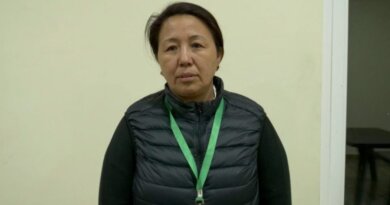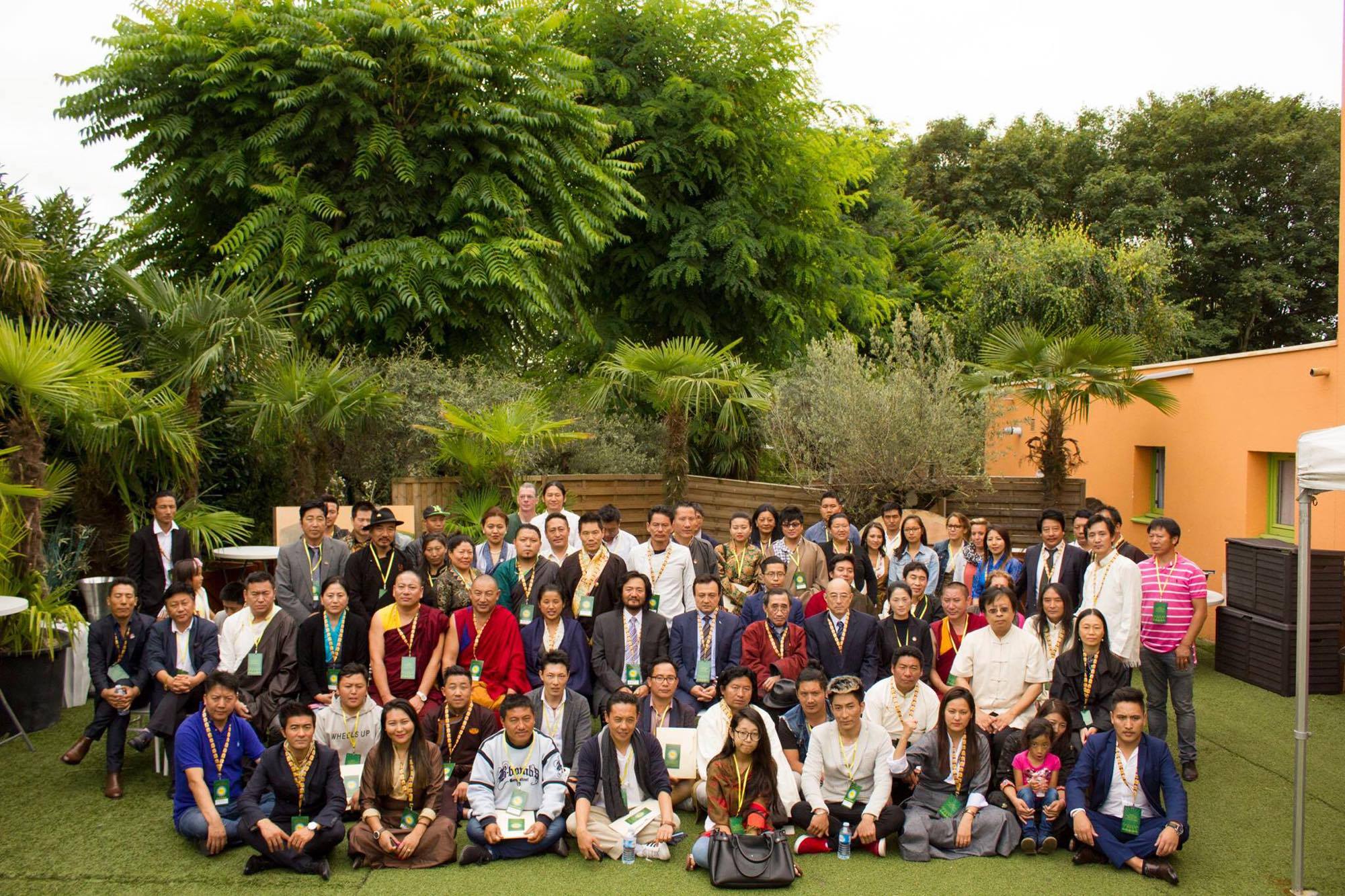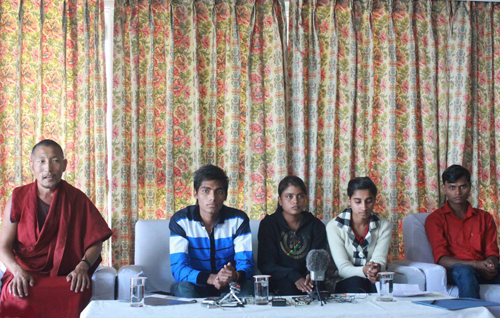China Begins Construction of $167 Billion Mega-Dam in Tibet, Sparking India Border Tensions
By Tenzin Chokyi

DHARAMSALA 21 July: China officially announced on Saturday the start of the construction of the world’s largest and riskiest hydropower project on the Yarlung Tsangpo in occupied Tibet, known as the Brahmaputra River in India, bordering the Indian state of Arunachal Pradesh.
According to China’s state-run media, Xinhua, Chinese Premier Li Qiang, who is also a member of the Standing Committee of the Political Bureau of the Communist Party of China (CPC) Central Committee made the announcement while attending the opening ceremony in Nyingchi city in the occupied region referred to as “south China’s Xizang Autonomous Region” by the Chinese side.
The ceremony reportedly took place near the dam site of Nyingchi’s Mianling Hydropower Station with representatives from various organisations, including the National Development and Reform Commission and the Power Construction Corporation of China.
It is reported that the project will consist of five cascade hydropower stations in the city with a total investment estimated at around 1.2 trillion yuan (approximately 167.8 billion US dollars).
China Yajiang Group Co., Ltd, is directly heading the construction and operation of the contested mega-dam project on the river. The group is reportedly a newly established state-owned conglomerate directly supervised by the Chinese Central Government.
The world’s largest hydropower complex to come is part of China’s goal to accelerate its transition towards renewable energy and to secure energy independence as outlined in the 14th Five-Year Plan(2021-2025), which calls for “a modern energy system centred on renewable energy security and green growth”.
It claims the project is also part of its broader “modernising efforts” in its occupied region of Tibet, which borders the Indian state of Arunachal Pradesh just downstream of the dramatic 2,000-meter drop U-turn in the river around the Namchen Barwa Peak in Tibet. Critics say China’s control over these rivers effectively gives it a “chokehold” on India’s economy.
No details have been provided about the construction except that the project will primarily deliver electricity for “external consumption” while also addressing local demand in “Xizang”, reported Xinhua.
Once completed, the dam is expected to have an installed capacity of 60,000 megawatts and generate up to 300 billion kilowatt-hours of electricity annually- approximately three times more than the Three Gorges Dam, and enough to power around 300 million people in China.
But at What Cost?
Behind the language of modernisation and the focus on political rivalry between the two major powers lies the reality of such modern projects:
the forced removal of oppressed Tibetans from their land, erasing their homes, culture, and ways of life. It also presents a serious threat to tribal people of Arunachal Pradesh and Assam in India.
Pema Khandu, the Chief Minister of Arunachal Pradesh, in an interview with PTI, has expressed concern that the Siang and Brahmaputra rivers could risk drying up once the dam is constructed. He said “it causes an existential threat to our tribes and our livelihood”, acknowledging that “China could even use it as a sort of water bomb”.
Various Tibet research and advocacy groups and international media have reported on the displacement and mass relocation of Tibetan people due to various hydropower projects taking place in the occupied region, coupled with China’s colonial projects to completely annihilate the culture and language of the Tibetan people.
Dissent in the occupied region from affected local Tibetans has been met with violence and severe crackdowns. In February 2024, footage emerged showing hundreds of Tibetans protesting against the massive Kamtok (Guantuo) Dam and hydropower plant in Tibet’s Dege region, now part of China’s Sichuan province.
According to the BBC, reports of arrests and beatings began trickling out shortly after the events, with further tightened restrictions making it difficult for anyone to verify the story, especially journalists who cannot travel freely to occupied Tibet.
It is reported that the Kamtok dam would displace thousands of Tibetans and relocate 4,287 residents to make way for the dam. Once built, the dam’s reservoir would submerge an area that is culturally and religiously significant to Tibetans, home to several villages and an ancient monastery containing sacred relics.
A United Nations special rapporteur’s letter to the Chinese government in July 2024 revealed that residents were not “consulted in a meaningful way” about the dam. They were given information that was inadequate and not provided in the Tibetan language. Voting was arbitrarily conducted without evidence that consent was ever given.
China has denied these allegations despite widespread protests from Tibetans both in exile and under occupation.






